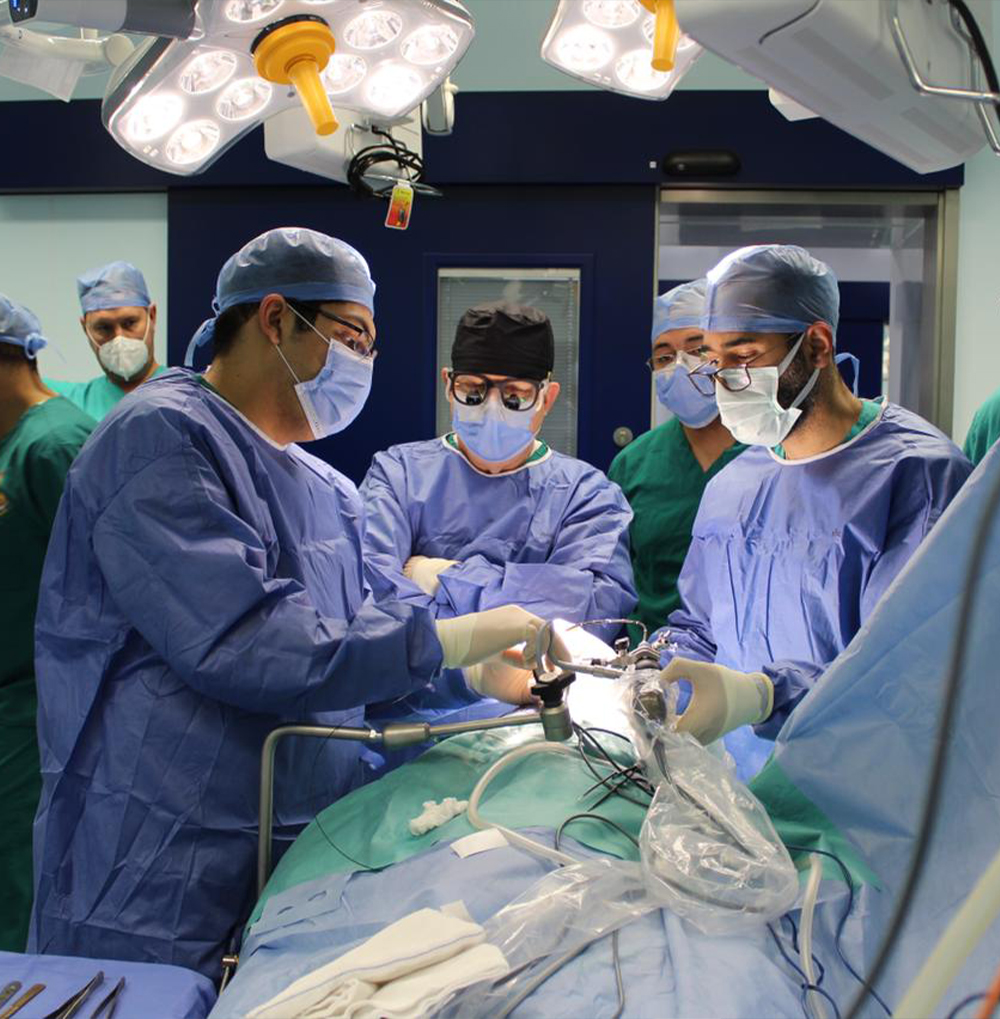Why Hydrocephalus?
The Scope of the Problem
Nearly a million babies are affected by hydrocephalus and spina bifida every year. Most of them are from countries that make up the Global South. In sub-Saharan Africa alone, the most conservative estimates place the annual economic impact of untreated hydrocephalus at around 2 billion US dollars.
Furthermore, many of these children and their mothers often face rejection and abandonment by their families and communities.
What is Hydrocephalus?
Hydrocephalus, or “water on the brain,” is a condition in which cerebrospinal fluid (CSF) builds up within the brain’s ventricles, causing them to progressively enlarge under pressure, and increasingly compress and stretch the surrounding brain tissue.
Left untreated, these children face severe disabilities, and more than half die before their second birthday.


Linkage with Spina Bifida
Spina bifida is a congenital condition where the neural tube, which eventually forms the spinal cord, doesn’t close properly during early embryonic development. This incomplete closure can lead to various degrees of spinal cord damage and physical disabilities. 7 out of every 10 children born with spina bifida will also develop hydrocephalus.
How is Hydrocephalus Treated?
There are currently two ways to treat hydrocephalus in babies. Since the 1960’s, the standard treatment has been the placement of a ventriculoperitoneal shunt. This device drains cerebrospinal fluid (CSF) that is abnormally accumulating within the brain’s ventricles into the abdominal (peritoneal) cavity.
These devices are prone to infection and nearly always fail, however, requiring additional operations throughout life. Treating hydrocephalus in this manner replaces the condition of hydrocephalus with the condition of shunt dependence. Shunt failure can be life-threatening and requires emergency access to neurosurgical care. This situation is untenable in lower-resourced countries.

Finding a New Way:
The Warf Method (ETV/CPC)

In Uganda, Dr. Benjamin Warf encountered high levels of hydrocephalus and spina bifida. Given that the traditional treatment of hydrocephalus—the insertion of a shunt—is often prohibitively expensive and prone to fail within the first few years, Dr. Warf developed an alternative, low-cost treatment. In 2003, he combined two procedures, endoscopic third ventriculostomy (ETV) and choroid plexus cauterization (CPC).
The endoscopic third ventriculostomy (ETV) is a minimally invasive procedure that creates an opening in the floor of the third ventricle in the brain. An endoscope is guided through the brain into one of the lateral ventricles, creating an opening. This creates an alternative pathway for cerebrospinal fluid (CSF) trapped within the brain’s ventricles to escape into its normal pathway. The ultimate goal of ETV is to render a shunt unnecessary.
With the choroid plexus cauterization (CPC) procedure, a neurosurgeon burns the tissue that produces spinal fluid so that it doesn’t produce as much. The decrease in fluid produced may also reduce the strength of pulses which can cause the ventricles to enlarge. The fluid then passes normally through the opening made during the ETV and into the space surrounding the surface of the brain.
This innovative approach known as The Warf Method has now been tested and proven as an alternative to shunt placement, with outcomes that are as safe and effective as shunts, while requiring far less medical infrastructure and post-surgical maintenance.
Our vision is for all children to have access to hydrocephalus treatment, with at least half of these being successfully treated without a shunt. Over ten thousand lives have been saved with The Warf Method. While it has been adopted as a primary treatment for infant hydrocephalus in most major children’s medical centers in the United States, it is relatively absent in the Global South, where the majority of the world’s children with hydrocephalus live.
Donate
Donate now and join us in our mission to make it possible for children with hydrocephalus and spina bifida to live longer and better lives. Together, we can make a difference that lasts a lifetime.

